10 Best Herbal Decoctions For Altitude Sickness
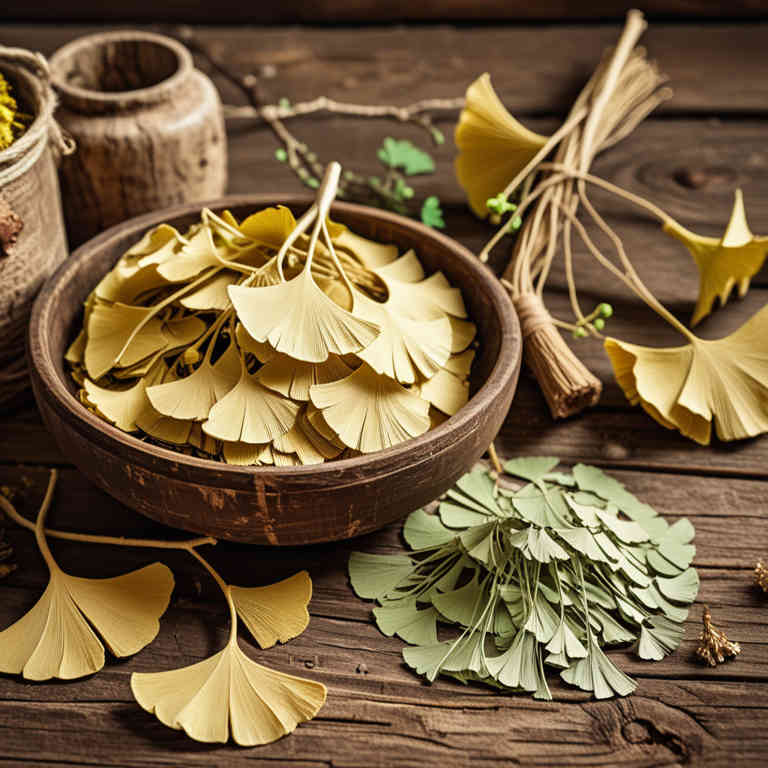
Herbal decoctions have been traditionally used to help alleviate symptoms of altitude sickness, commonly known as acute mountain sickness (AMS), by supporting the body's adaptation to lower oxygen levels at high altitudes.
Commonly used herbs include ginkgo biloba, ginger, and licorice root, which are believed to improve circulation, reduce inflammation, and support respiratory function. These decoctions are typically prepared by simmering the dried herbs in water for an extended period to extract their active compounds. While some studies suggest potential benefits, it is important to consult a healthcare professional before relying solely on herbal treatments for altitude sickness.
Herbal decoctions should complement, not replace, standard preventive measures such as gradual ascent and proper hydration.
FREE Herb Drying Checklist
How to make sure every batch retains maximum flavor, color, and aroma without the risk of mold or over-drying. Eliminate guesswork and trial-and-error, making herb drying faster, easier, and more efficient every time.
Table of Contents
1. Rhodiola rosea
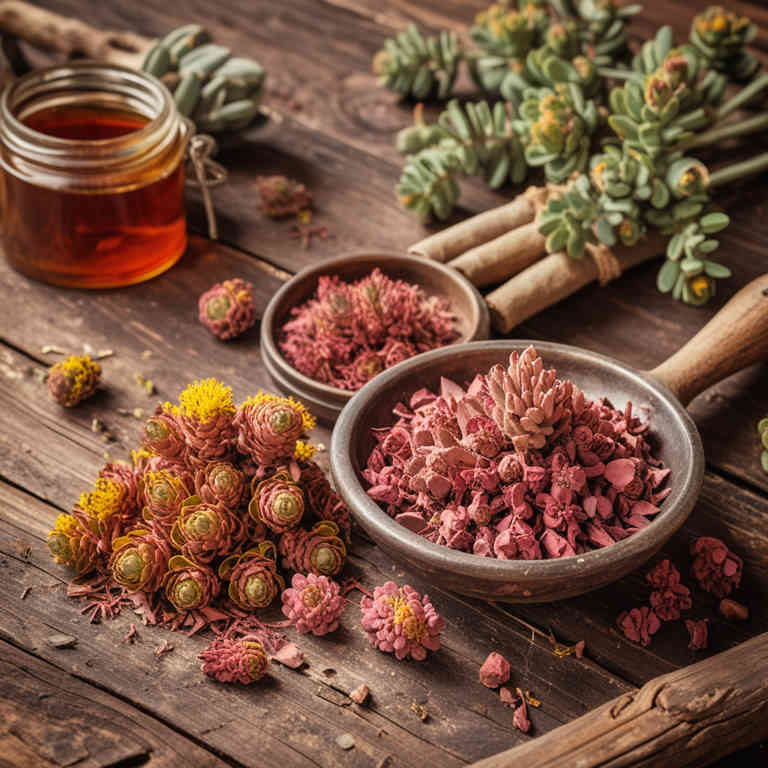
Rhodiola rosea, a adaptogenic herb, has been traditionally used to enhance physical and mental endurance, making it a potential aid for altitude sickness.
Herbal decoctions made from Rhodiola rosea are believed to support the body's ability to cope with high-altitude stress by improving oxygen utilization and reducing fatigue. Studies suggest that the active compounds in Rhodiola rosea, such as rosavins and salidrosides, may help mitigate the symptoms of acute mountain sickness by enhancing cellular resistance to oxidative stress. While more research is needed to confirm its efficacy, some climbers and trekkers use Rhodiola rosea decoctions as a natural supplement to prepare for high-altitude exposure.
However, it is important to consult with a healthcare professional before using Rhodiola rosea, especially for individuals with pre-existing medical conditions or those taking other medications.
2. Withania somnifera

Withania somnifera, commonly known as ashwagandha, has been traditionally used in Ayurvedic medicine for its adaptogenic properties, which may help the body manage stress and fatigue.
Herbal decoctions made from Withania somnifera are believed to support the body's ability to cope with the physiological stress of high altitude, potentially reducing symptoms of altitude sickness such as headache, dizziness, and nausea. These decoctions are typically prepared by boiling the roots in water and consuming the resulting liquid, often in combination with other herbs. While some preliminary studies suggest that ashwagandha may improve oxygen utilization and reduce oxidative stress, more research is needed to confirm its efficacy specifically for altitude sickness.
Nonetheless, it is increasingly being explored as a complementary therapy for individuals traveling to high-altitude regions.
3. Panax ginseng
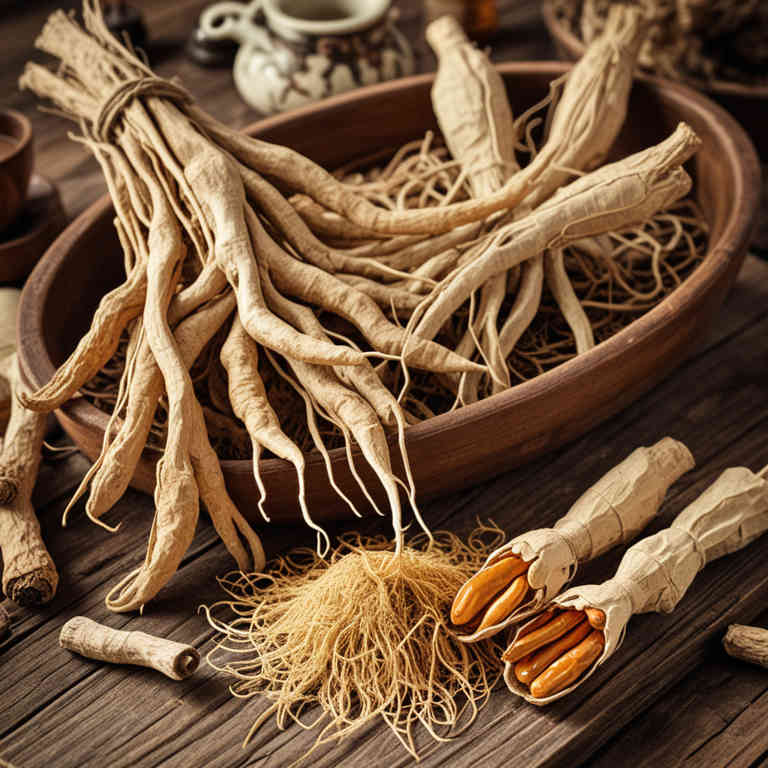
Panax ginseng, a traditional adaptogenic herb, has been used for centuries to enhance physical and mental performance, and recent studies suggest it may also help alleviate symptoms of altitude sickness.
Its active compounds, such as ginsenosides, are believed to improve oxygen utilization and reduce the body's stress response to low oxygen levels at high altitudes. Herbal decoctions made from Panax ginseng are often prepared by simmering the root in water for several hours to extract its beneficial properties. These decoctions are typically consumed before or during ascent to high altitudes as a preventive measure.
While more research is needed, preliminary evidence indicates that Panax ginseng may support the body's adaptation to altitude and reduce the risk of acute mountain sickness.
4. Curcuma longa
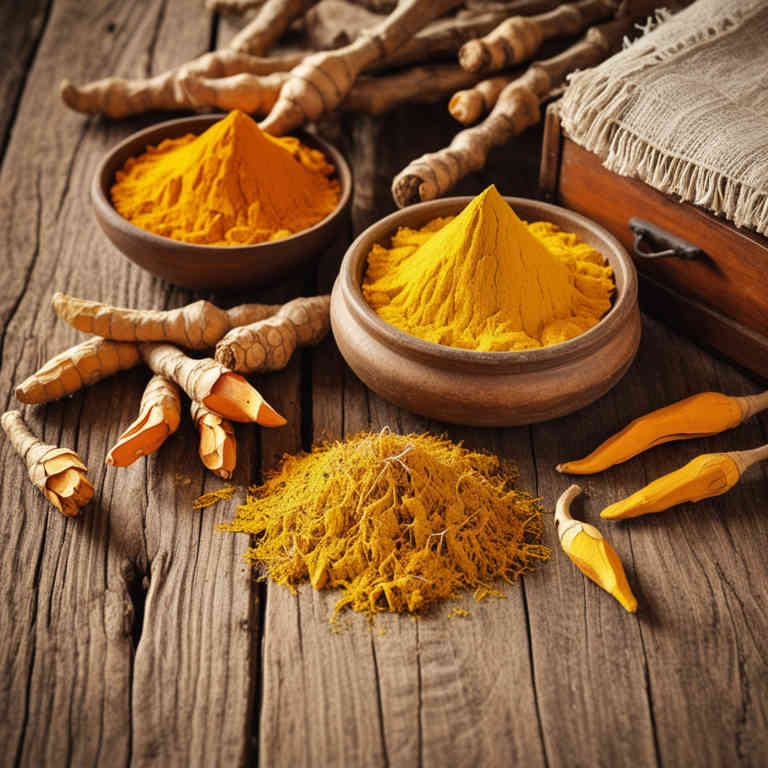
Curcuma longa, commonly known as turmeric, has been traditionally used in herbal medicine for its anti-inflammatory and antioxidant properties.
Herbal decoctions made from curcuma longa are believed to support the body's adaptation to high altitudes by reducing oxidative stress and inflammation, which are common in altitude sickness. These decoctions typically involve boiling the rhizomes of the plant in water to extract its active compounds, such as curcumin. Some studies suggest that curcumin may help improve oxygen utilization and reduce symptoms like headaches and fatigue associated with altitude sickness.
However, more clinical research is needed to fully understand its efficacy and optimal dosage for this specific condition.
5. Echinacea purpurea

Echinacea purpurea, commonly known as purple coneflower, has been traditionally used in herbal medicine for its potential immune-boosting properties.
While it is not a primary treatment for altitude sickness, some studies suggest that its anti-inflammatory and antioxidant compounds may help alleviate symptoms such as fatigue and respiratory discomfort at high altitudes. Herbal decoctions made from Echinacea purpurea are typically prepared by simmering the dried roots or flowers in water, and they are often consumed as a tea. However, there is limited scientific evidence supporting its efficacy specifically for altitude sickness, and it should not replace conventional medical treatments.
As with any herbal remedy, it is important to consult a healthcare professional before use, especially for individuals with preexisting health conditions or those taking other medications.
6. Ginkgo biloba

Ginkgo biloba herbal decoctions have been traditionally used to support cognitive function and improve circulation, which may indirectly benefit individuals experiencing altitude sickness by enhancing oxygen utilization.
The active compounds in ginkgo, such as flavonoids and terpenes, are believed to help dilate blood vessels and increase blood flow, potentially alleviating some symptoms associated with high altitude exposure. While there is limited scientific research specifically linking ginkgo biloba to the prevention or treatment of altitude sickness, some studies suggest that its antioxidant properties may reduce oxidative stress caused by hypoxia. Due to the lack of conclusive evidence, ginkgo biloba should not be relied upon as a primary treatment for altitude sickness and should be used in conjunction with established medical advice and acclimatization strategies.
Always consult a healthcare professional before using herbal remedies at high altitudes to ensure safety and efficacy.
7. Vitex agnus-castus

Vitex agnus-castus, commonly known as chaste tree, has been traditionally used in herbal medicine for various health conditions, including hormonal imbalances and menstrual disorders.
While it is not a standard treatment for altitude sickness, some studies suggest that its adaptogenic properties may help the body cope with stress, including the physiological stress of high altitudes. Herbal decoctions made from Vitex agnus-castus are typically prepared by simmering the dried berries in water, and may be consumed as a tea or tincture. However, there is limited scientific evidence supporting its efficacy specifically for altitude sickness, and it should not replace conventional medical treatments for severe altitude-related illnesses.
As with any herbal remedy, it is advisable to consult a healthcare professional before using Vitex agnus-castus, especially at high altitudes where medical emergencies can be life-threatening.
8. Nepeta cataria

Nepeta cataria, commonly known as catnip, has been traditionally used in herbal medicine for its potential effects on the nervous system and respiratory function.
While scientific evidence for its efficacy in treating altitude sickness is limited, some studies suggest that its calming properties may help alleviate symptoms such as anxiety and shortness of breath associated with high-altitude exposure. Herbal decoctions made from dried nepeta cataria leaves are often prepared by boiling the plant material in water and consuming the resulting infusion. These decoctions are believed to support respiratory health and may help ease the body's adjustment to lower oxygen levels at higher altitudes.
However, it is important to consult with a healthcare professional before using catnip or any herbal remedy for altitude sickness, as individual responses and interactions with other medications can vary.
9. Salvia miltiorrhiza
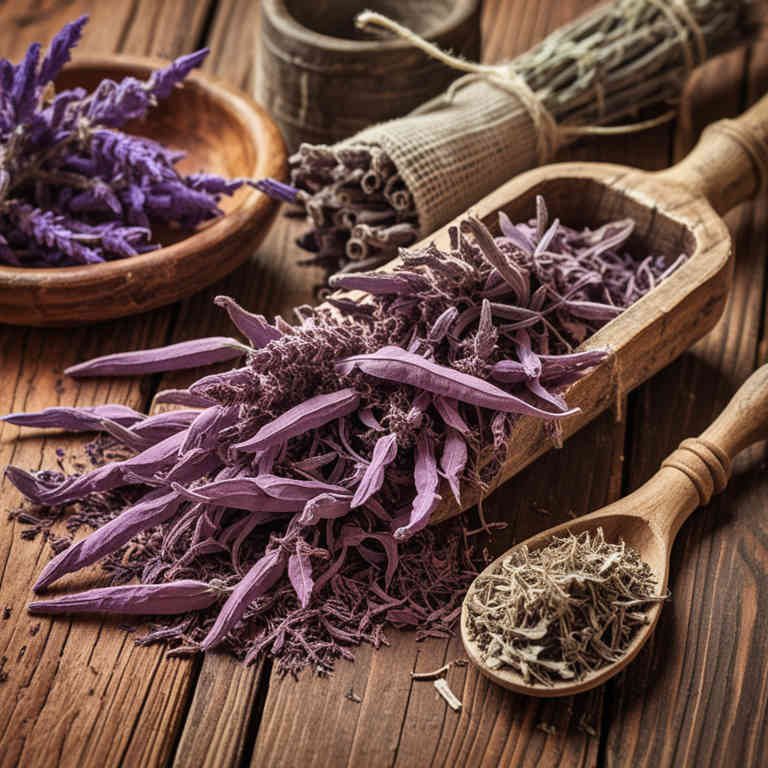
Salvia miltiorrhiza, commonly known as Danshen, is a traditional Chinese herb that has been used for centuries to promote cardiovascular health and improve circulation.
Herbal decoctions made from Salvia miltiorrhiza are believed to help alleviate symptoms of altitude sickness by enhancing blood flow and reducing oxidative stress in the body. Research suggests that the active compounds in this herb, such as tanshinone and salvianolic acid, may support oxygen utilization and reduce inflammation at high altitudes. While more clinical studies are needed, some travelers and mountaineers use these decoctions as a natural remedy to mitigate the effects of altitude sickness.
Overall, Salvia miltiorrhiza herbal decoctions are considered a complementary approach to managing altitude sickness, though they should not replace standard medical advice or treatments.
10. Salvia officinalis
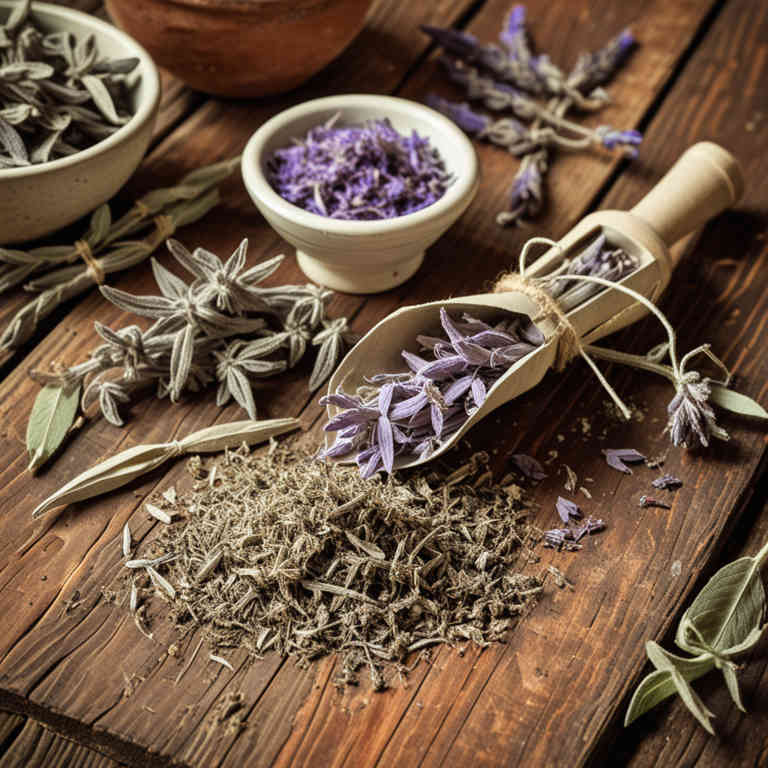
Salvia officinalis, commonly known as sage, has been traditionally used in herbal medicine for its purported health benefits, including its potential role in alleviating symptoms of altitude sickness.
While scientific research on its effectiveness for altitude sickness is limited, some studies suggest that sage may help reduce inflammation and improve respiratory function, which are common issues at high altitudes. Herbal decoctions made from sage leaves are often prepared by simmering the dried plant material in water, and they are believed to support the body's adaptation to lower oxygen levels. However, it is important to note that sage should not replace conventional medical treatments for altitude sickness, and individuals should consult healthcare professionals before using it as a remedy.
Overall, while sage may offer some supportive benefits, more research is needed to fully understand its efficacy in treating altitude-related conditions.